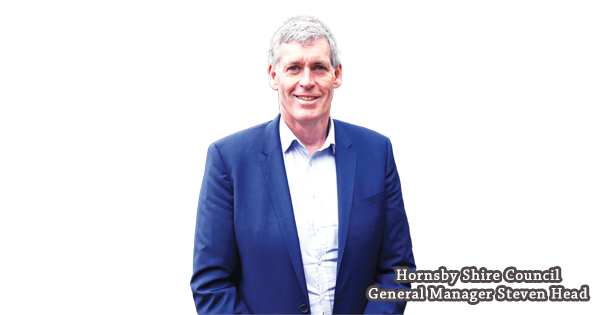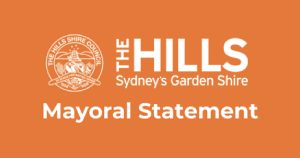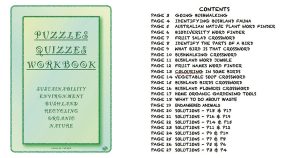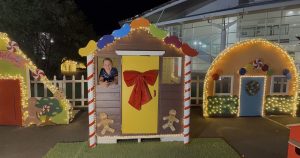[vc_row][vc_column width=”1/6″ offset=”vc_col-lg-1/5 vc_col-md-1/5 vc_col-xs-1/5″][us_image image=”81825″ size=”thumbnail” align=”left” style=”circle” has_ratio=”1″][/vc_column][vc_column width=”1/12″ offset=”vc_col-lg-4/5 vc_col-md-4/5 vc_col-xs-4/5″][vc_column_text]By Annette Madjarian[/vc_column_text][us_post_date][/vc_column][/vc_row][vc_row][vc_column][vc_column_text]Residents of the Hornsby Shire will likely be hit with an increase in rates in order to allow Hornsby Council to secure long-term financial stability, maintain assets, and fund high priority initiatives for the community.
At its meeting in October, Council approved a recommendation to engage the community about its intention to apply to the NSW Independent Pricing and Regulatory Tribunal (IPART) for a Special Rate Variation (SRV).
As part of the plans, rates would rise by 8.5 per cent in 2023/24; 7.5 per cent in 2024/25; 6.5 per cent in 2025/26; and 5.5 per cent in 2026/27 – this would be an increase of 31.05% (cumulative) staged over four years, including the annual rate peg set by IPART.
Hornsby Shire Council General Manager Steven Head said that for residents currently paying the average rate, the weekly increase would be $2.07 in the first year. For business ratepayers, the weekly increase would be $3.97 in the first year.
“Our forecasted calculations show that even with IPART’s annual Rate Peg increase, it will not be sufficient to achieve our collective objectives,” Mr Head said.
“While we understand that everyone is under pressure with rising costs, we too are navigating these same issues and we have a duty of care to manage Council’s budget responsibly.”
Mr Head said Hornsby Shire residents had traditionally paid lower rates compared to other councils in the Northern Sydney region. Also, that Council had last applied for an SRV more than 10 years ago.
“We are proud to have provided excellent services and infrastructure for the community for the past decade without the need to apply for a further SRV. However, like many other organisations, a range of internal and external factors have emerged, putting us under financial pressure and making it necessary to secure our future through an SRV,” he said.
The possible increase has received mixed feelings throughout the community – and at the various community engagement forums the Council has held.
Jan Primrose, spokesperson for Protecting Your Suburban Environment Inc. (PYSE Inc), spoke at the Council meeting to voice her concern.
“A 31 per cent rate increase will mean that a pensioner who is currently paying $1,200 per year residential rates, made up of Land Value and Base Amount calculations, will at the end of the four-year cumulative rate increase period, be paying about $400 more each year. That $400 dwarfs the current $250 concession offered on rates,” Ms Primrose said.
“If the concession rate was increased to include the Special Rates Increase, excluding the estimated Standard rate peg, then the concession rate would increase by approximately $200 from $250 per year to $450 per year. That would be a budgetary cost to Council of $1 million,” she said.
“PYSE believes it would be appropriate for Council to trim back some of its forecasted $67 million spending on future gold-plated projects to assist its residents who are in the lower socioeconomic bracket. Where assisting its poorest residents is within Council’s capabilities, it has a moral and ethical duty to do so.”
Among the community meetings Council held, Hornsby Council officers presented details about the rate rise to the Glenorie Progress Association (GPA) in October.
GPA member and meeting chair Callum Hoogesteger said Council explained its position and the consensus was “one of understanding”. “While the average Hornsby Shire rate payer will pay an additional $2.07 per week, less than half a cup of coffee, rate payers in our area will likely pay more due to the value of their land,” Mr Hoogesteger said. “At times like this, that may be felt by some when combined with rising costs and interest rates. However, the council clearly explained that the Shire community values the services and amenities and the feedback is to a ‘good but not gold’ standard.”
“To maintain these standards with the rising cost of inputs (council is not exempt from the generate rise in costs) council simply needs more revenue. Council has already cut as hard as possible, shedding 10 per cent of their staff,” he said.
“The choice is clear – either run into the red in the next two years, or keep the books in the black with a rate rise,” Mr Hoogesteger said.
Council is encouraging residents to view its draft Long Term Financial Plan and its proposed SRV. To feedback, visit yoursay. hornsby.nsw.gov.au.
Submissions close Tuesday 8th November.[/vc_column_text][/vc_column][/vc_row]









